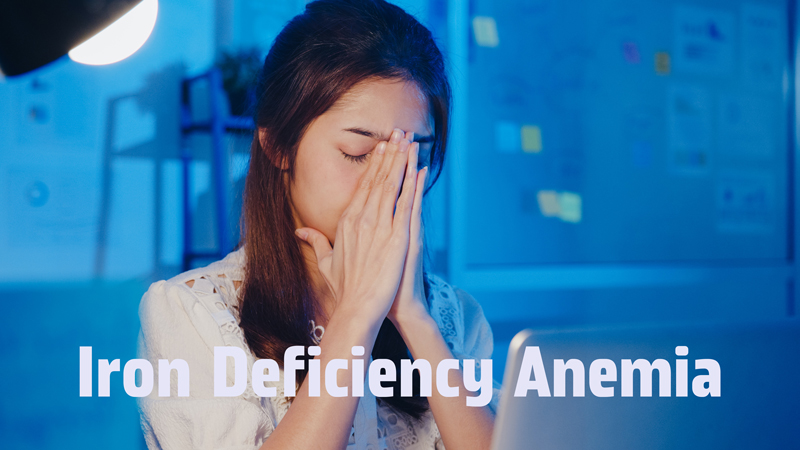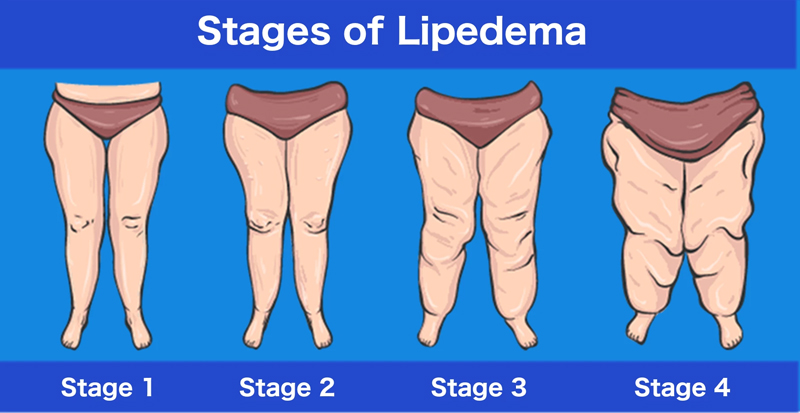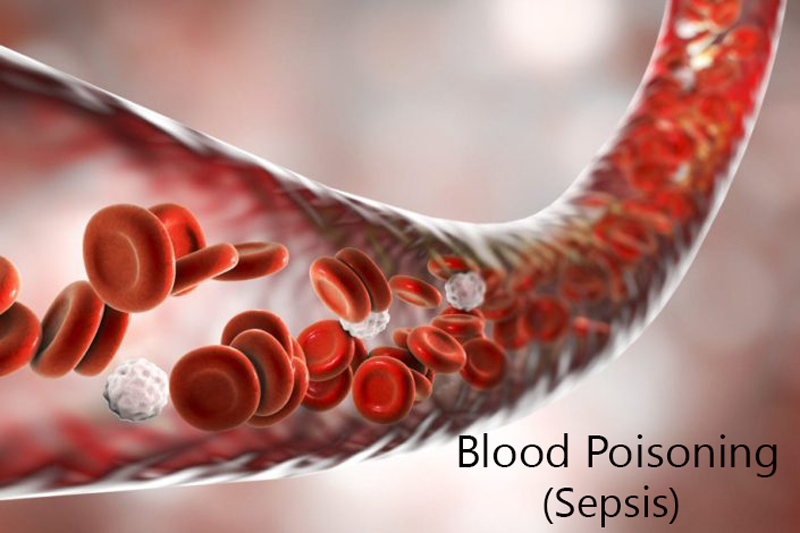Iron Deficiency Anemia Treatment
Nov. 16, 2023 #Diabetes
Introduction
Iron deficiency anemia is a prevalent medical condition characterized by a decrease in the number of red blood cells caused by insufficient iron levels in the body. This condition can lead to various health complications if left untreated, making it essential to understand its causes, symptoms, and effective treatment options.
In this comprehensive guide, we will delve into the definition of iron deficiency anemia, explore its causes, discuss the symptoms, and provide detailed insights into treatment options. Additionally, we will highlight precautions that can be taken to prevent the onset of this condition.
Defining Iron Deficiency Anemia
Iron deficiency anemia is a type of anemia that occurs when the body lacks sufficient iron to produce an adequate number of red blood cells. Red blood cells are crucial for transporting oxygen from the lungs to the rest of the body and removing carbon dioxide. Without enough iron, the body struggles to manufacture hemoglobin, a protein within red blood cells responsible for carrying oxygen.
Causes of Iron Deficiency Anemia
Inadequate Dietary Intake:
Insufficient intake of iron-rich foods is a primary cause of iron deficiency anemia. Iron is present in two forms in food: heme iron, found in animal products, and non-heme iron, found in plant-based foods. A diet lacking in these iron sources can lead to a diminished iron supply for the body.
Poor Iron Absorption:
Even with a diet rich in iron, certain conditions can impede iron absorption. Conditions such as celiac disease, inflammatory bowel disease, and gastric bypass surgery can affect the absorption of iron in the digestive tract.M
Blood Loss:
Chronic blood loss is a significant contributor to iron deficiency anemia. Menstrual bleeding in women, especially if heavy or prolonged, can result in iron loss. Gastrointestinal bleeding caused by ulcers, polyps, or colorectal cancer is another potential source of chronic blood loss.
Pregnancy:
Pregnant women are at an increased risk of iron deficiency anemia due to the higher iron demands associated with fetal development. The body requires additional iron to support the growing baby and the expansion of the mother's blood volume.
Medical Conditions:
Certain medical conditions, such as chronic kidney disease and autoimmune disorders, can interfere with the body's ability to regulate iron absorption and utilization, leading to anemia.
Symptoms of Iron Deficiency Anemia
Recognizing the symptoms of iron deficiency anemia is crucial for timely intervention. Common symptoms include:
Fatigue and Weakness:
Insufficient oxygen delivery to tissues and organs can result in persistent fatigue and weakness, even with adequate rest.
Pale Skin and Nail Beds:
Anemia can lead to paleness of the skin and nail beds, as the reduced number of red blood cells affects skin coloration.
Shortness of Breath:
A diminished supply of oxygen to the body's tissues may cause shortness of breath, especially during physical activity.
Headaches and Dizziness:
Inadequate oxygen to the brain can result in headaches and dizziness, affecting overall cognitive function.
Cold Hands and Feet:
Poor circulation of oxygenated blood may cause extremities to feel cold and clammy.
Brittle Nails and Hair Loss:
Insufficient iron levels can lead to brittle nails and hair loss, as these structures rely on adequate oxygen and nutrient supply.
Irritability and Difficulty Concentrating:
Reduced oxygen delivery to the brain can result in irritability, difficulty concentrating, and impaired cognitive function.
Craving for Non-Food Substances (Pica):
In some cases, individuals with iron deficiency anemia may develop pica, a condition characterized by cravings for non-food substances such as ice, dirt or starch.
Treatment of Iron Deficiency Anemia
Effectively treating iron deficiency anemia involves addressing the underlying cause and replenishing iron levels in the body. Here are detailed insights into the treatment options:
Iron Supplements:
The most common and direct approach to treating iron deficiency anemia is through iron supplementation. Iron supplements are available in various forms, including ferrous sulfate, ferrous gluconate, and ferric citrate. These supplements are typically taken orally and are best absorbed on an empty stomach with vitamin C-rich foods or orange juice to enhance absorption.
It is crucial to follow healthcare provider recommendations regarding the dosage and duration of iron supplementation. Overconsumption of iron supplements can lead to toxicity, causing symptoms such as nausea, constipation and abdominal pain.
Dietary Changes:
Adjusting the diet to include more iron-rich foods can complement iron supplementation. Foods rich in heme iron include red meat, poultry and fish, while non-heme iron sources include beans, lentils, tofu and fortified cereals.
Combining iron-rich foods with vitamin C-rich foods, such as citrus fruits, strawberries and bell peppers, can enhance iron absorption. Conversely, avoiding substances that inhibit iron absorption, such as tea and coffee, during meals is advisable.
Intravenous Iron Therapy:
In cases of severe iron deficiency anemia or when oral supplements are poorly tolerated, doctors may recommend intravenous iron therapy. This involves administering iron directly into the bloodstream, allowing for faster absorption and addressing iron deficiency more rapidly.
Intravenous iron therapy is typically reserved for situations where oral supplementation is insufficient or contraindicated. It may be recommended for individuals with gastrointestinal disorders that impact iron absorption.
Treatment of Underlying Conditions:
Addressing the underlying causes of iron deficiency anemia is crucial for long-term management. For instance, treating gastrointestinal conditions, such as peptic ulcers or inflammatory bowel disease, can improve iron absorption and prevent recurrence.
In cases where chronic blood loss is the primary issue, identifying and addressing the source of bleeding through medication or surgical intervention may be necessary.
Blood Transfusion:
In severe cases of iron deficiency anemia with acute symptoms, blood transfusions may be recommended to quickly restore normal hemoglobin levels and alleviate symptoms. Blood transfusions are typically reserved for emergencies or cases where other treatments have not been effective.
Precautions to Avoid Iron Deficiency Anemia
Preventing iron deficiency anemia involves adopting lifestyle and dietary habits that support optimal iron levels. Here are essential precautions to consider:
Maintain a Balanced Diet:
Ensure a well-balanced diet that includes a variety of iron-rich foods, such as lean meats, poultry, fish, beans, lentils, tofu and fortified cereals. A diverse diet helps provide different forms of iron for absorption.
Vitamin C-Rich Foods:
Include vitamin C-rich foods in your diet, as vitamin C enhances the absorption of non-heme iron. Fruits like oranges, strawberries, kiwi and vegetables like bell peppers and broccoli are excellent sources of vitamin C.
Limit Tea and Coffee Consumption:
Tea and coffee contain compounds that can inhibit iron absorption. Limiting their consumption, especially during meals, can help maximize iron absorption from the diet.
Cooking in Cast Iron:
Cooking in cast iron pans can increase the iron content of certain foods, especially acidic ones like tomatoes. This can be a simple and effective way to boost dietary iron intake.
Prenatal Care:
Pregnant women should prioritize prenatal care and consult with doctors about appropriate iron supplementation. Meeting increased iron demands during pregnancy is crucial for preventing iron deficiency anemia.
Regular Health Check-ups:
Regular health check-ups can help identify and address potential underlying causes of iron deficiency, such as gastrointestinal disorders or chronic blood loss. Early intervention can prevent the progression of anemia.
Hygienic Practices:
Practicing good hygiene, especially in developing regions, can prevent infections that may lead to chronic inflammation and subsequently contribute to iron deficiency anemia.
Conclusion
Iron deficiency anemia is a prevalent and treatable condition that, when left unaddressed, can have serious health implications. Recognizing the causes, symptoms and effective treatment options is crucial for individuals affected by or at risk of developing this condition. Whether through dietary adjustments, iron supplementation or addressing underlying medical conditions, there are various avenues for managing iron deficiency anemia.













COMMENTS